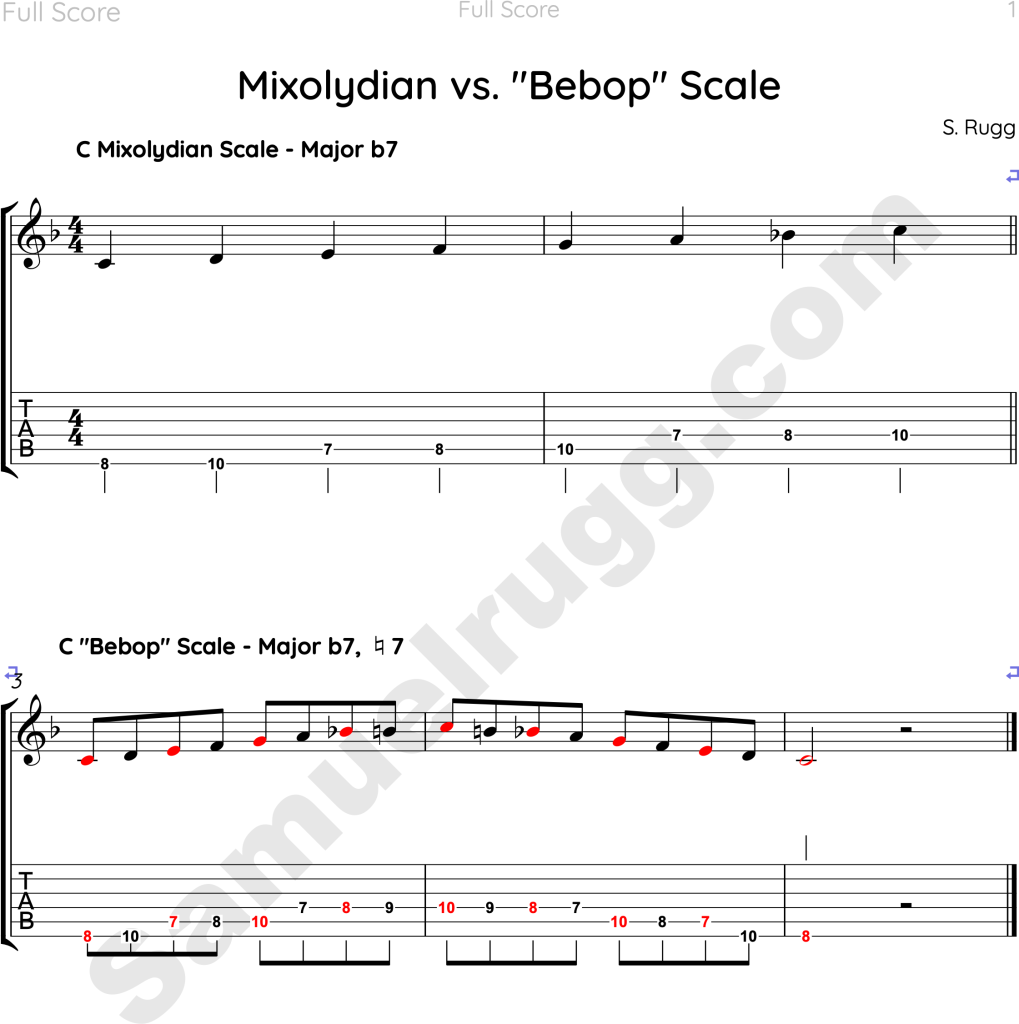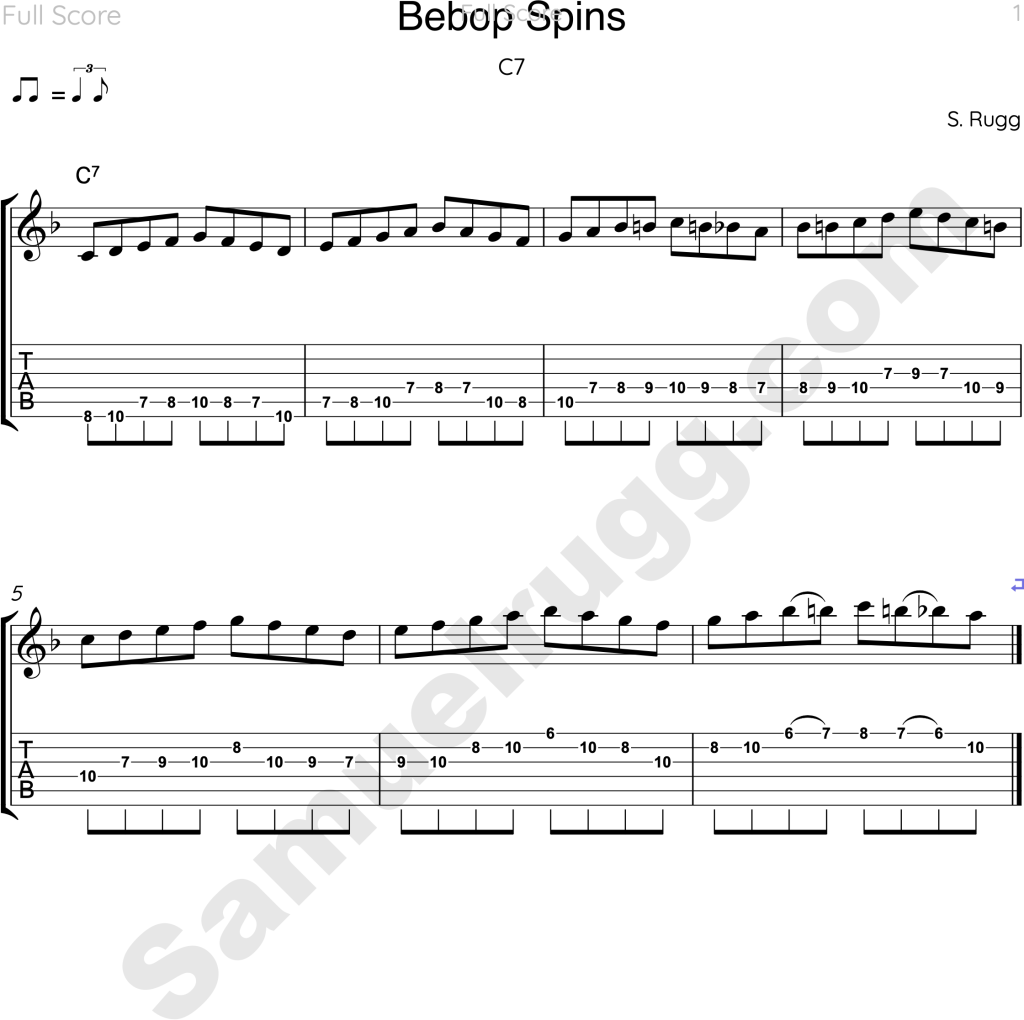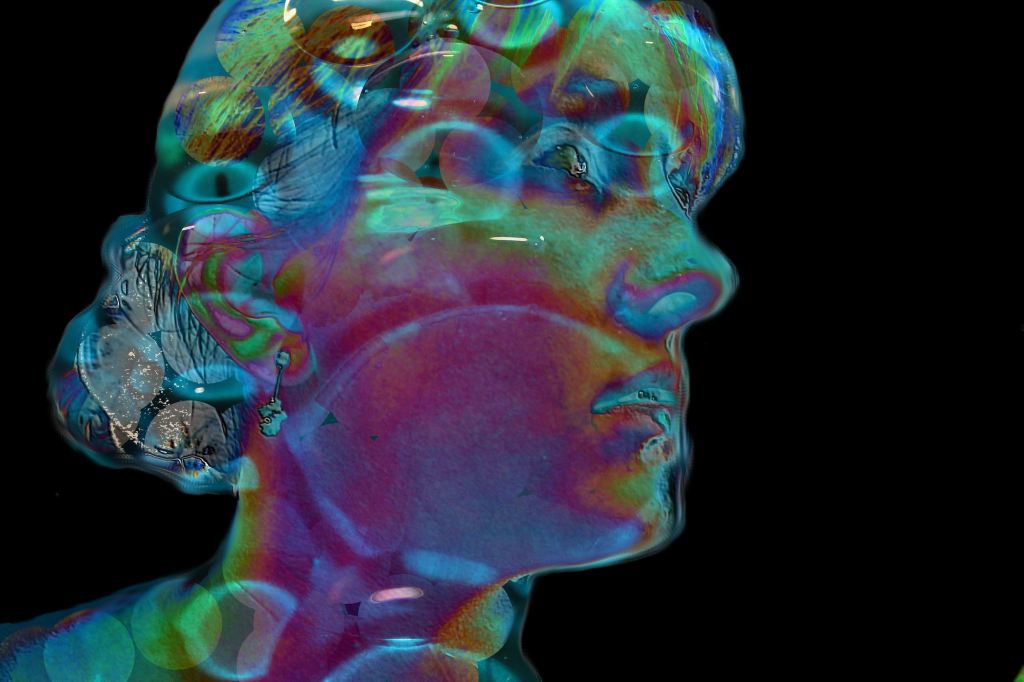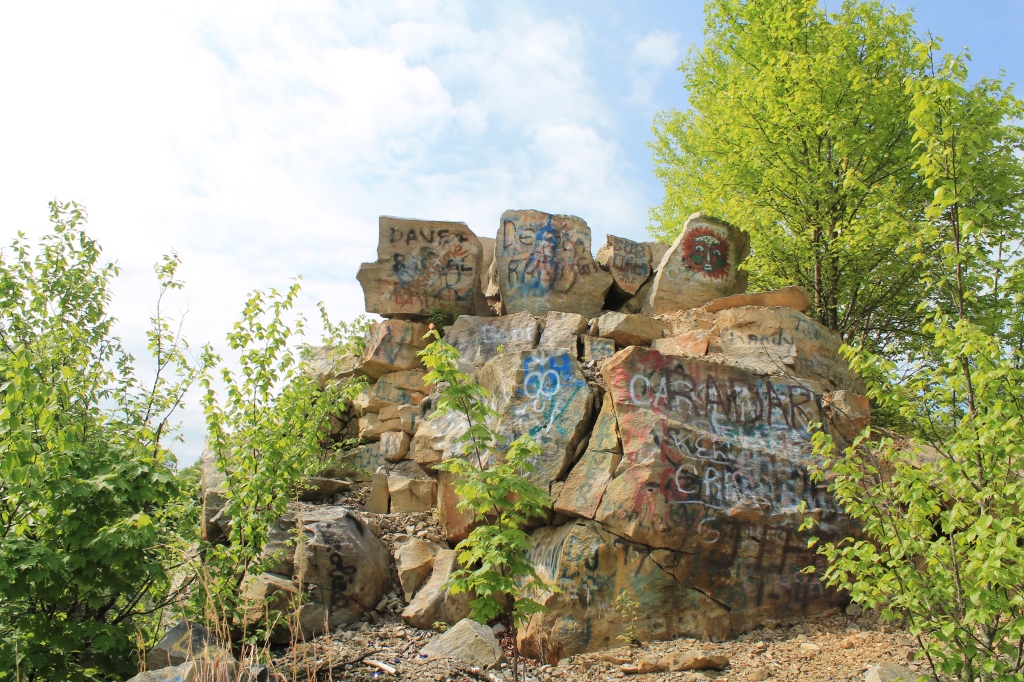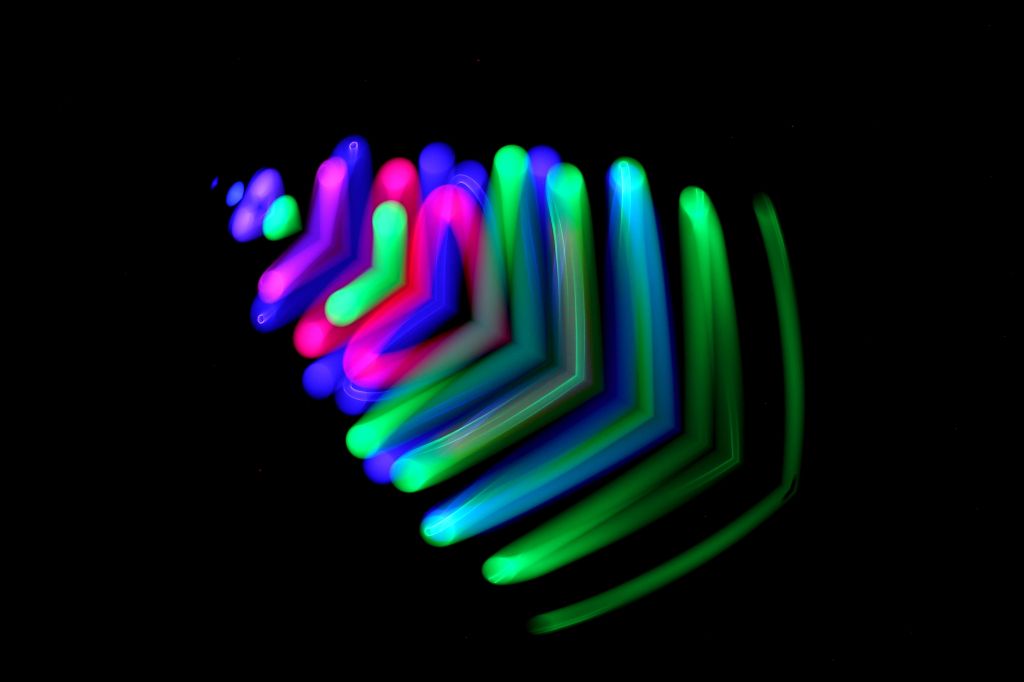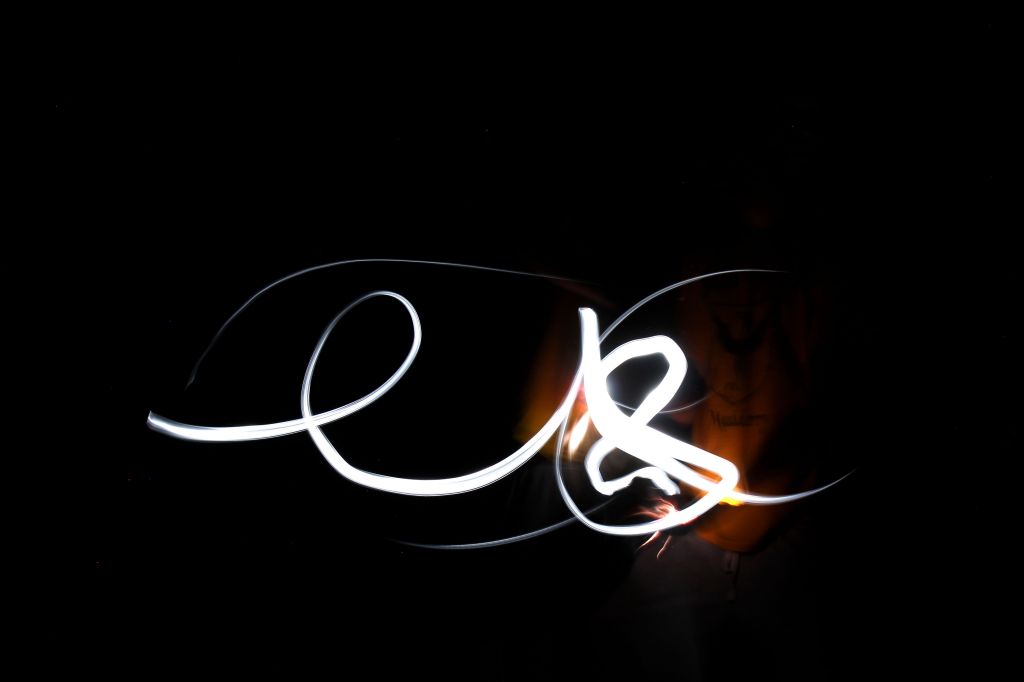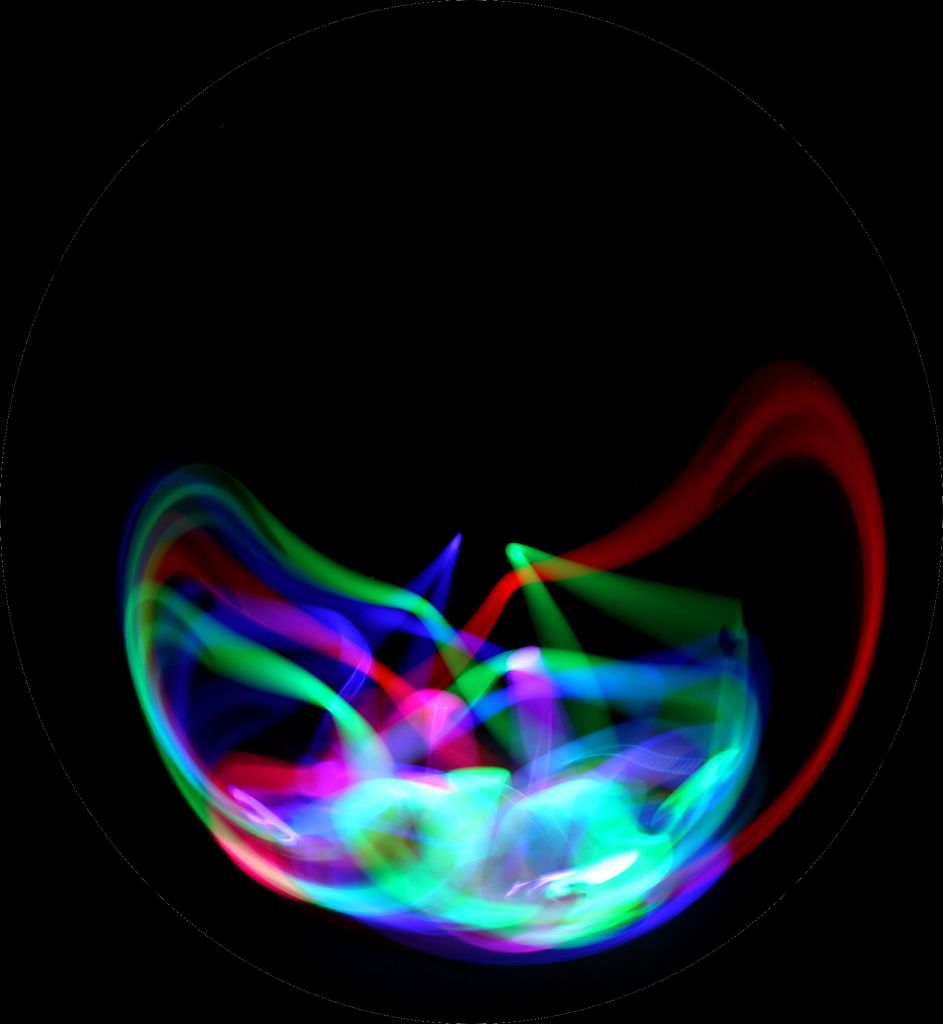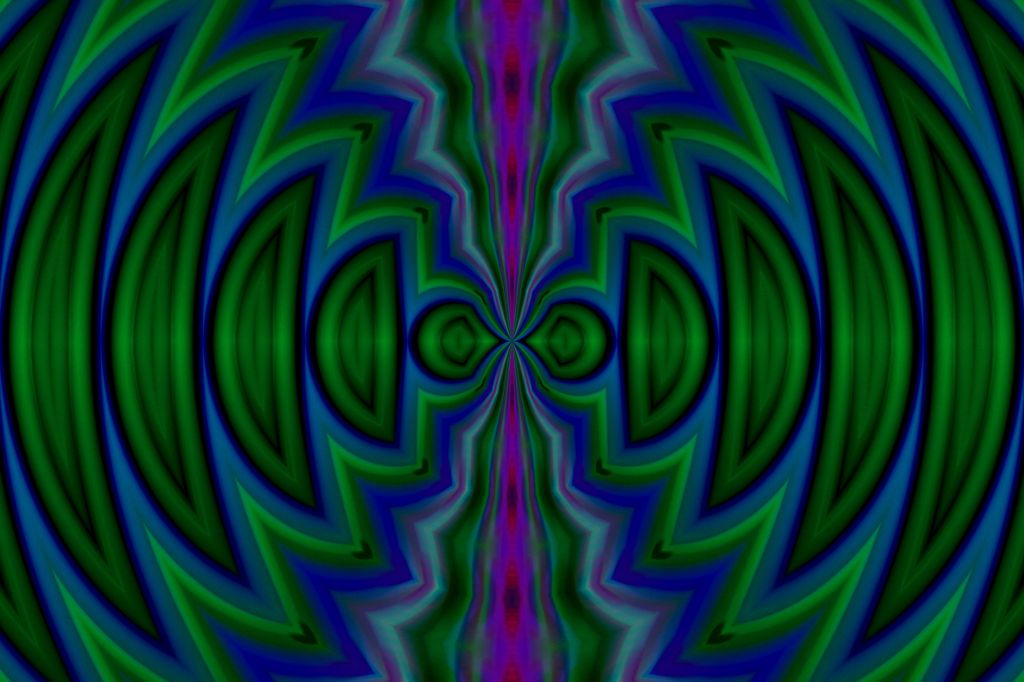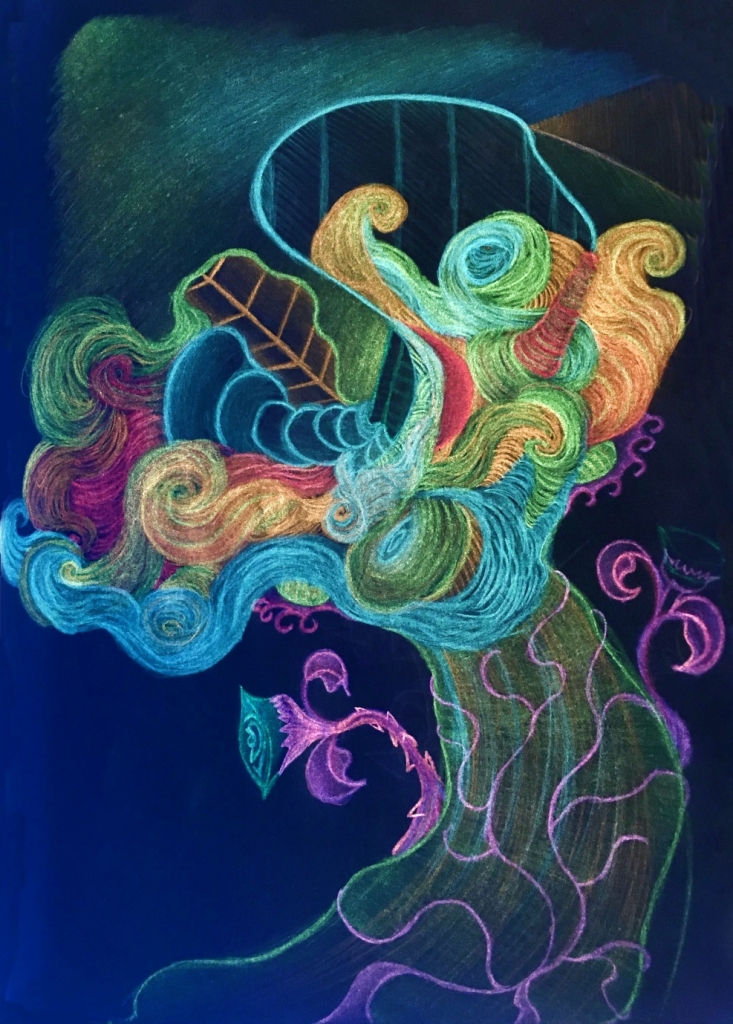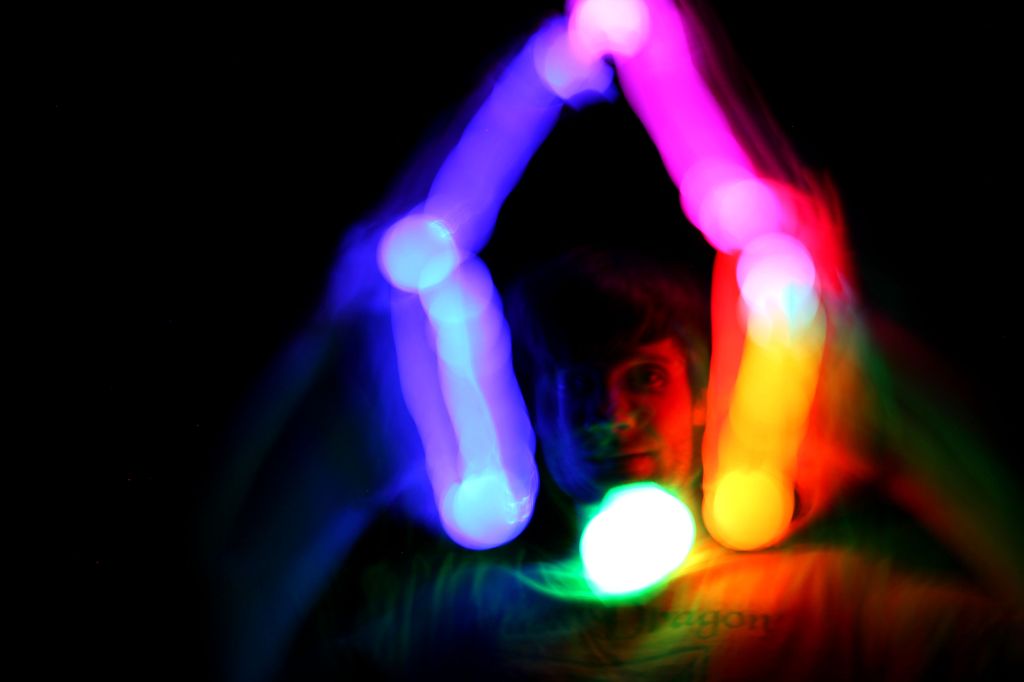Original Entry: Long Term Guitar Goals
11-15-2014
- Internalize a Repertoire of tunes in all keys
- Internal 4-Dimensional map of guitar fretboard and perfect pitch recall
- Visualization/imagination “Mind Guitar”
- Seeing ears and hearing eyes
- Imagination fueled chord-hearing
- Relearn guitar in mind, internally
Current Reflections: Looking Back
This is a rare entry where I actually left the date in on the original pages. So what the heck was I thinking about a nearly a DECADE ago?
Well, thanks for asking, I was thinking about my ideal future as a guitar player, I was sketching out a vision of myself for the ages, charting out what I believed would be sick, dude. The list makes me smile as I read over my grand guitar blueprint.
So maestro, did you ever meet any of these metaphysically oriented “Long Term Guitar Goals”?
Wonderful question, let’s take a look.
Internalizing Repertoire
No. 1 on my grand list was to ensure that I had a repository of musical knowledge in the form of memorized tunes in all twelve (or 15) major keys. This of course was rooted in my current jazz studies back in 2014 and had logical utility – if I have a handful of tunes, say five to ten jazz standards, including: melody, harmony, and rhythm, all memorized in all keys, I would be forever upright and unshakable at jam sessions.
Any person could call a tune in any key, and on the bandstand, my heart would not drop, I would not be lost, inert, afraid, ineffective, small, damaged, spiraling into chaos and a hell of my own personal design.
Jees, that escalated quickly.
Okay, so maybe I have some core value issues tied to my desire to hang with the band on stage. That’s fine. Best saved for another day.
But regardless, interesting to see from this present vantage point. There was a hurting part of me that believed that if I worked extremely hard, maybe I could compensate for the inadequacies that “plagued” my ability to show up fully in a live music setting.
So, how’d it go? Did you do it?
Pfft. Hell no.
I definitely studied many tunes in all twelve keys over the years. This is an amazing practice, one that yields intriguing and useful insights into the structure, heart, and intention of any given tune. I regularly take my technical studies in all twelve keys in an thorough and exhaustive exploration of the possibilities of any given form; for all the guitarist out there, these structures include: triads, 7th chords, drop 2’s, drop 3’s, pentatonics, major scales, melodies, licks, progressions, and on and on.
Super valuable.
But internalizing a repertoire of tunes in all keys?
Not quite.
I have two thoughts.
- This is an interesting idea, at its heart. Even a decade later, I perceive the value and feel the heat from this original intention – there is something of immense value in memorizing a core handful of standards in all keys, although the years have also given me an insight into the state of my heart during college. My reasons for internalizing repertoire have shifted with the seasons that have flickered past. Of course it sucks to get lost during jams, but my value isn’t determined by how awesome I am on the guitar.
- Memorizing a handful of songs in a single key has been a more important step in my journey than my original intention from 2014. As a guitar player, I struggled for years with being able to play a single song from start to finish. It took nearly a decade before I could, with confidence, say “yes, know one song.”
Something has happened for me in the last ten years, solidified by recitals, gigging, teaching, and facilitating student performances. Some songs have embedded themselves in my consciousness (in a single key), and I doubt that I will forget them.
Within the internalizing of these songs, I’ve tasted the freedom felt and intended in this original post. And this freedom lies at the heart of this first point.
Internal 4-Dimensional Map and Perfect Pitch
Gees, that’s not a tall order by any means. What the hell do I even mean, an internal 4D map of the fretboard?
Oh, and I’d just like a side of perfect pitch along side this interdimensional awareness; can you do that for me, teach?
Jokes aside, what kind of wizarding madness was I hoping for back in 2014?
Time.
I was hoping for a deeper integration and mastery of Time.
Time as a sense, as a stream of tangible, malleable, and regulated perception.
What if we suspend both disbelief, as well as concrete inevitability, and just playfully imagine what it might be like to experience Time as a biological system? What if, somehow, humans have the capacity to perceive time through a specialized organ, say the brain, or some region of the brain? And what if the object of perception for our time-organ is a stream of sensory data as concrete, unique, and clearly defined as, say, our sense of sight versus our sense of touch?
Colors, depth, shadow, perspective, tone, hue – these are distinctly visual characteristics – different from sensations of touch: heat, cold, roughness, smoothness, tingles, sharpness, comfort, discomfort.
Here we have two unique senses that perceive the exact same universe – raw vibrations processed through specialized systems that translate into unique, distinct, and rich perceptual experiences.
What would it look like if we could experience time, not incidentally or passively, as a victim on the waves of some monstrous ocean, but actively, intentionally, with conscious engagement in our experience of its passing?
What could that even possibly BEGIN to look like?
That’s what I wondered when I wrote those words: Internalize a 4-dimensional map of the guitar fretboard.
So maybe, in this case, our organ of perception could fractal or manifest in a microcosm – the guitar fretboard.
What if our organ of perception of time is the guitar itself?
Can we perceive through the guitar? And what would that perception be like?
What if the object of our perception is the experience of sound, rhythm, and the resulting music that expresses itself through time?
Hmm.
Perfect Pitch.
I met a girl once at Cal Arts who apparently taught herself the skill or maybe perception of perfect pitch.
The idea was always attractive, some ability to instantly recognize the pitches I hear, relative to some absolute and concrete map of sound.
I don’t have perfect pitch. I haven’t learned the skill. Maybe I will?
I’m not sure it matters. What I know for sure? It’s absolutely possible to develop a sharp sense of relative pitch, to recognize the shape of sound relative to an intimately familiar instrument.
Practice transcribing music on your instrument. Learn it by ear. It only helps.
If this is something you are interested in, but are having trouble with, I know a guy.
Visualization/Imagination and the “Mind Guitar”
If you hadn’t yet noticed, I was plagued by some pretty heady thoughts in the midst of my academic training; see example No. 800 Billion – Visualization and the Mind Guitar.
I think we are all mostly familiar with our ability to visualize.
Classic example: I say, “Don’t think about a pink elephant with purple polka dots,” and the first thing we tend to do is imagine this monstrous Barbie Ice Cream Creature.
The point that fascinated me when I first wrote this entry went a little deeper into this ocean of
** I M A G I N A T I O N **
How vividly can we actually imagine? How deeply can a human being possible see and feel into our own minds?
Have you seen Shutter Island? Inception? The Butterfly Effect?
Dark and ominous undertones aside, what would it be like to have our imagination working synergistically with our intentions? What if we could, somehow, carve out some space in our minds to let our imagination work FOR us, for the purpose of some pursuit, say PLAYING MUSIC?
What would it take to develop a scratchpad in our mind for our imagination to test out ideas? What if we had a double, or a clone of our perception – sight, sound, smell, touch, taste, thought – that we could literally experience and experiment with, as we engage with solving creative, musical, and artistic problems?
Can I play my guitar, even if my instrument is in it’s case at home? Can I hear it, as it would be, as it is, but only in my mind? What would that be like, to have my imagination as a sense, as a tool kit, or as an innate human capacity – one that could serve my exploration and creativity?
But what if I fail? What if I’m late, if I get into an accident, or if all the people around me die? What if the world comes to an end, or the bombs fall? What if there is an invasion, an infestation, parasites in my livestock, bandits in the night, intruders in my home?
What if indeed.
Seeing Ears, Hearing|Imagination Fueled Chord Hearing|Relearn The Guitar in The Mind
HA! Maybe you’ve got the gist, at this point. There isn’t much more to say about these last few points, because they are simply remixes of the topics that we discussed above
I’ll say it one more time:
** I M A G I N A T I O N **
In The End
If you made it to the end, congratulations, that was a lot to slog through. It took several weeks to finish this one; the more I unpacked, the more I realized there was to unpack. If you are interested in any of these ideas, drop a comment, this is the Agora – a place for philosophical discussions and conversation to flourish.
Either way, I hope that you found some inspiration, intrigue, and fuel for your practice this week.
Love and Bows
_/\_
Sam
Kogen
Current Gear
Here are a few pieces that make up my current home studio. Affiliate links help me out, and this is the equipment I actually use. Check it out!
Orange Super Crush 100 – https://amzn.to/4bxalws
Orange Crush20RT practice amp – https://amzn.to/4btdpJU
Orange Crush Bass 25 practice amp – https://amzn.to/49vfsv1
Orange Crush Bass 100 – https://amzn.to/3UzDp0b
Orange Dual Footswitch – https://amzn.to/3OEd9hn
Yamaha THR 5 Practice Amp – https://amzn.to/3V5JSjw
Guitars
Jackson JS11 Metallic Red – https://amzn.to/3HSXVBl
Ibanez 5-string Soundgear – https://amzn.to/3UzDp0b
Interface
Scarlet 18i20 – https://amzn.to/3SOSdH1
Audio Technica Headphones M30x – https://amzn.to/4bxbrZ6
AKG Headphones K52 – https://amzn.to/42AUKrK
Mics
Shure Sm27 – https://amzn.to/3Oym0Bh
Sennheiser e835 – https://amzn.to/3Ox8AVV
Midi Controllers
Mpk Mini – https://amzn.to/3SSLsnI
Metronome
Korg TM series – https://amzn.to/42y6afG
Books
Real Book 6th Edition – https://amzn.to/3wbnXgE
